Studying in the United States is a dream for millions of students worldwide. The USA is home to world-class universities, advanced research facilities, and diverse cultural experiences. Every year, more than a million international students pursue higher education in the United States. If you are planning to study in America, the most important step is obtaining a USA student visa.
This guide explains everything you need to know about USA student visas, including types, eligibility, application process, requirements, fees, and tips for success.
Why Choose the USA for Higher Education?
Before diving into visa details, let’s understand why the USA remains the top study destination:
Top-ranked universities such as Harvard, MIT, Stanford, and Yale.
Diverse courses and majors across science, technology, business, and arts.
Research opportunities with advanced labs and facilities.
Cultural exposure with students from all over the world.
Career growth and pathways to Optional Practical Training (OPT) or H-1B visa opportunities.
Types of USA Student Visas
There are three main categories of student visas for international students:
1. F-1 Visa
- Most common type of student visa.
- For academic studies at accredited US colleges, universities, and language programs.
- Allows part-time work on-campus and eligibility for OPT (Optional Practical Training) after graduation.
2. J-1 Visa
For students participating in exchange programs, internships, or short-term study.
Sponsored by universities, government, or cultural exchange programs.
Work is allowed only under specific sponsorship terms.
3. M-1 Visa
For vocational and non-academic studies, such as technical courses or training programs.
Does not allow regular work during study, but optional practical training may be permitted after the program.
Eligibility Criteria for USA Student Visa
To qualify for a US student visa, applicants must meet the following requirements:
Admission to a SEVP-approved institution (Student and Exchange Visitor Program).
Valid Form I-20 (for F-1/M-1 visas) or DS-2019 (for J-1 visa) issued by the institution.
Proof of financial support to cover tuition, living expenses, and travel costs.
Proof of English proficiency (TOEFL, IELTS, PTE, or Duolingo English Test).
Strong ties to home country to show intent to return after studies.
Valid passport with at least six months validity beyond the intended stay.
Step-by-Step USA Student Visa Application Process
Applying for a student visa can feel overwhelming, but following these steps can simplify the process:
Apply and Get Accepted to a US Institution
- Apply to SEVP-approved universities or colleges.
- Receive your acceptance letter and Form I-20 (for F-1/M-1) or DS-2019 (for J-1).
Pay the SEVIS Fee
- Pay the SEVIS I-901 fee online.
- Keep the receipt as it is required during the visa interview.
Complete DS-160 Form
- Fill out the DS-160 nonimmigrant visa application form online.
- Upload a recent passport-sized photo.
- Print the confirmation page for the visa interview.
Schedule Visa Interview
- Create an account on the US visa portal.
- Pay the visa application fee (MRV fee).
- Schedule an interview appointment at the nearest US embassy or consulate.
Prepare Required Documents
- Valid passport.
- Form I-20 or DS-2019.
- DS-160 confirmation page.
- SEVIS fee receipt.
- Visa appointment confirmation.
- Academic transcripts, test scores, and acceptance letter.
- Bank statements or financial documents showing proof of funds.
Attend Visa Interview
- Be confident and honest in answering questions about your study plans, financial capability, and future goals.
- The officer may ask about your chosen course, university, career aspirations, and intent to return home.
Visa Approval and Travel to the USA
- If approved, your passport will be stamped with the student visa.
- You can travel up to 30 days before the program start date mentioned on your Form I-20 or DS-2019.
USA Student Visa Interview Questions
Here are some common questions you may face during the interview:
- Why do you want to study in the USA?
- Why did you choose this university or program?
- How will you fund your education?
- What are your career plans after graduation?
- Do you plan to return to your home country after studies?
Prepare well with clear and confident answers.
Cost of USA Student Visa
- SEVIS Fee: $350 (F-1/M-1) or $220 (J-1).
- Visa Application (MRV) Fee: $185.
- Additional costs include document preparation, courier services, and travel expenses.
Rights and Limitations of USA Student Visa
Work Opportunities
- F-1 visa holders can work up to 20 hours per week on-campus.
- Off-campus work is allowed only with CPT (Curricular Practical Training) or OPT authorization.
- J-1 visa students may work as per sponsor’s approval.
- M-1 visa students have limited training options after program completion.
Limitations
- Visa holders must remain enrolled full-time.
- Unauthorized work can lead to visa cancellation.
- Dependents (F-2, J-2, M-2 visas) cannot work, except J-2 dependents who may apply for work authorization.
Tips for a Successful USA Student Visa Application
- Apply early – at least 3–4 months before your program starts.
- Be organized – prepare all documents in advance.
- Practice interview questions to boost confidence.
- Show financial stability with clear proof of funds.
- Demonstrate genuine intent to study and return after graduation.
Common Reasons for USA Student Visa Rejection
- Lack of strong financial support.
- Inconsistent or unclear answers during interview.
- Weak academic background or low English proficiency.
- Failure to prove intent to return to home country.
- Missing or incorrect documentation.
Final Thoughts
Obtaining a USA student visa is a crucial step toward fulfilling your dream of studying in America. While the process may seem complicated, proper planning and preparation make it achievable. From choosing the right visa type to preparing for the interview, each step plays an important role in your success.
By understanding the eligibility criteria, financial requirements, and application process, you can increase your chances of approval. Remember to remain confident, provide truthful information, and highlight your genuine intent to study in the USA.
The United States offers endless opportunities for academic growth, career advancement, and cultural exchange. With the right preparation, your journey to studying in the USA can begin smoothly.
Read Also:
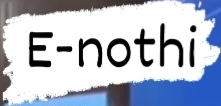
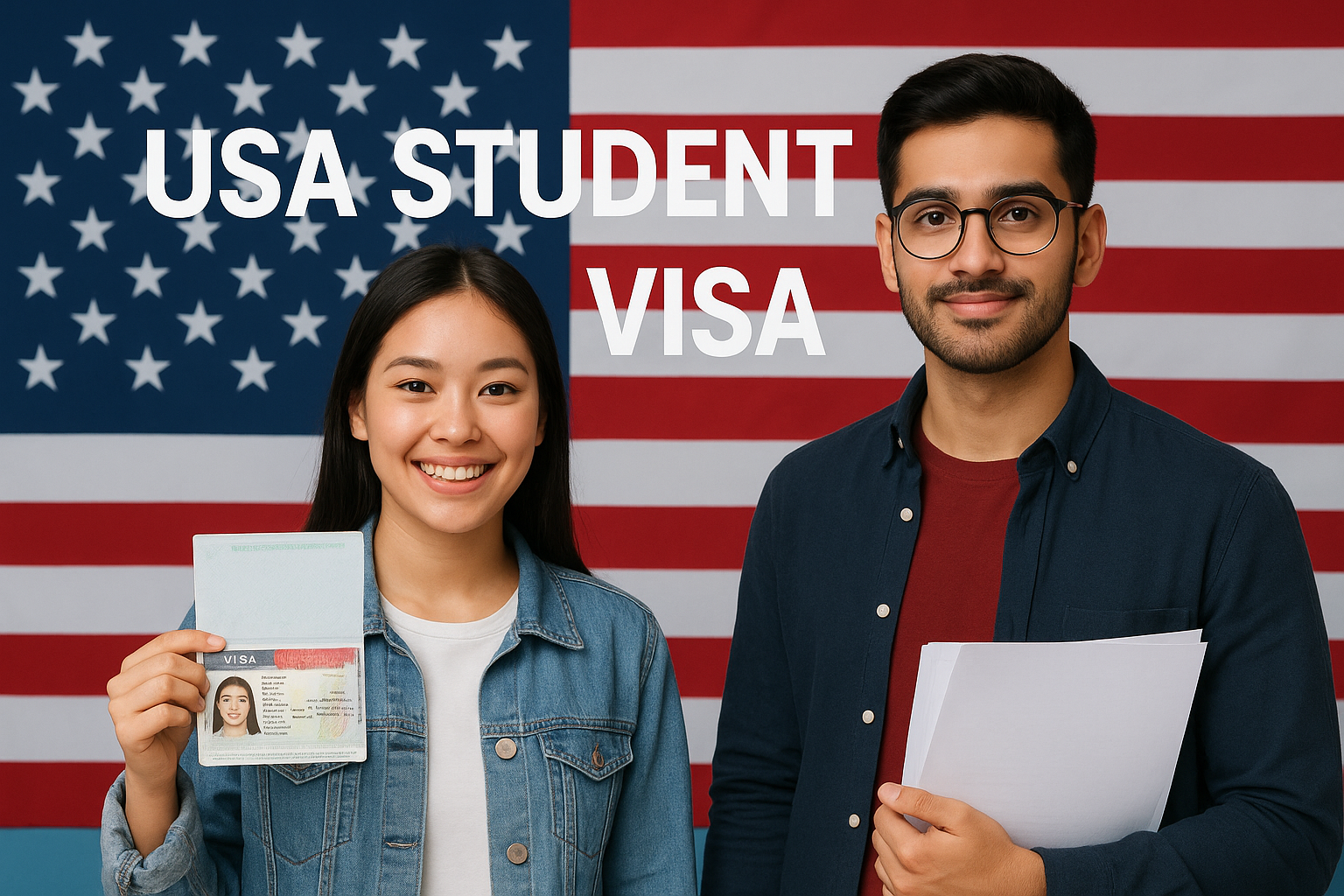
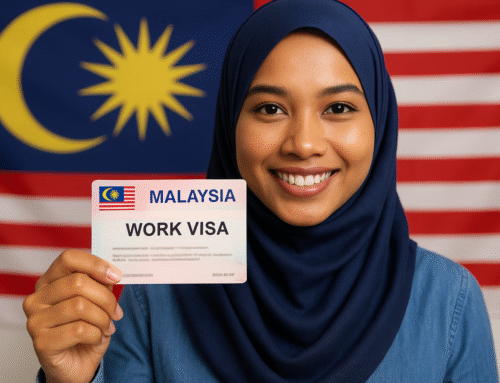

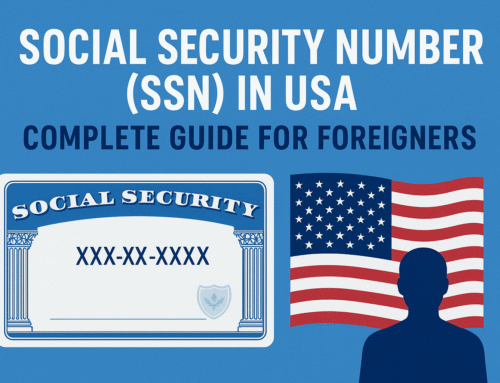
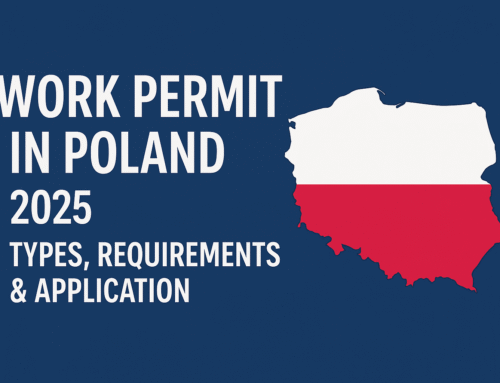
Leave A Comment